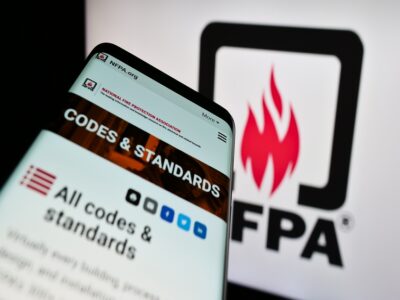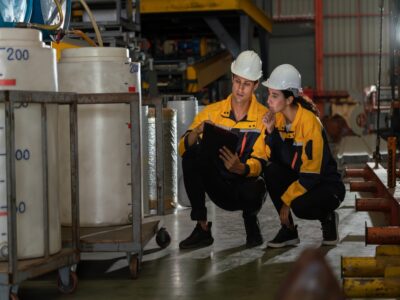-
Most powders handled in industry can form dust clouds which can explode if there is a strong enough ignition source present (e.g., flame, electrical spark, hot surface, friction spark etc.). There are a few powders that can “auto-ignite – i.e., burst into flame and explode when dispersed in the air even if there is no external ignition source present. An example is freshly prepared metal dusts such as aluminum. There are also some powders that can self-heat and catch fire in a layer or bulk form, thus creating a source of ignition for any associated dispersed dust cloud.
Tests are available that will test powders for self-heating and also for auto-ignition risk. This is a specialist area. Speak to one of our consulting staff for additional information.
-
Some powders handled in industry can be stable at room temperature but have a tendency to self-heat and even spontaneously catch fire when warm or where cooling is restricted. Many fires/explosions have been caused in dryers and hoppers by powder self-heating, for example. Special laboratory tests can check if your powders will self-heat and additional tests can be used to evaluate safe drying and safe storage temperatures.
It is important to realize that a powder does not have a unique self-heating temperature. The temperature at which powder decomposition begins is dependent not only on the chemical nature of the powder in question but also on the volume of powder held, its geometric shape, thermal conduction, availability of air, contamination, and other factors. Examples of powders that can self-heat are detergents, milk powder, coffee, and many others.
Ask a question
* indicates required fields








